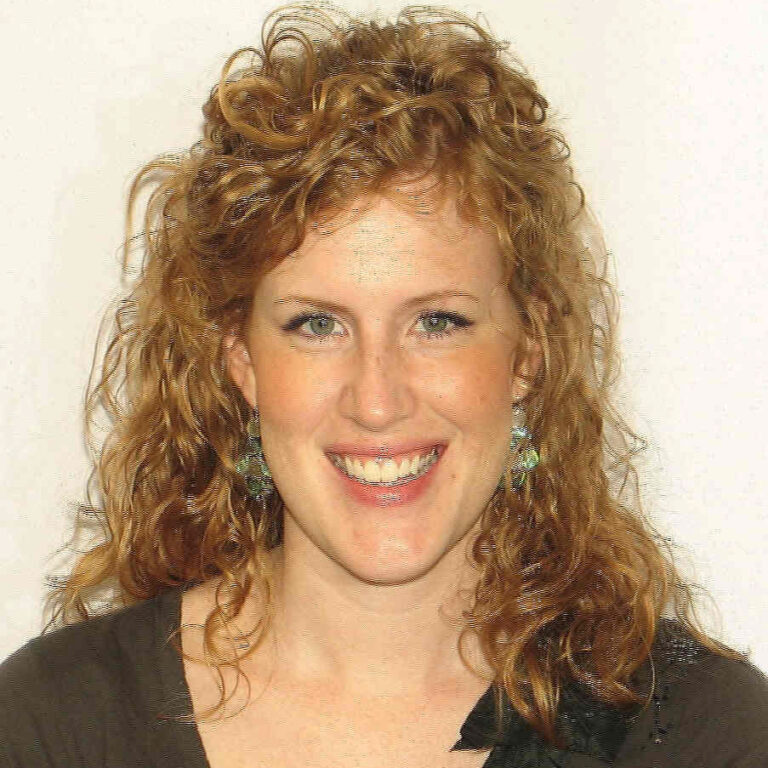Rebecca Koerselman is away. Today The Twelve welcomes Lia Johnson.
Recently, I’ve had the catchy Irish song “Níl ‘na lá” in my head. The title literally means “It’s not day,” or “It’s not yet daybreak.” There are several different versions of the song, but each variation involves a speaker in a pub, musing plaintively on his desire to remain there drinking instead of going home to his livestock (and, in some versions, to his irate wife), and stringing out the inevitable departure by spending all the rest of his money. There’s a Donegal version from the north of Ireland, and a Connemara version that I learned on a visit to that western region as a nine-year-old—but I find the Munster version to be the snappiest and most memorable. I’m biased, of course, because I was born and raised in Munster, the southern province of Ireland.
The chorus in one Munster version, popularized by the group Solas on their debut album, repeats the line “Níl ‘na lá, tá ‘na lá” several times—meaning, “It’s not yet day; it is day.” The line’s humorous contradiction and ambiguity causes me to reflect on the structure of the Irish language. I grew up in Gaeltacht na Rinne/an tSean Phobal, an Irish-speaking pocket of southern County Waterford, and attended all-Irish-speaking primary and secondary schools.
My parents were self-supporting American church planters, and although they could speak Irish, they were not fluent, unlike myself and my younger brother. As American outsiders, they were intrigued by a quirk of the Irish language that I took for granted: there is no word for “yes” in Irish, or for “no.” When someone asks a question that demands a yes-or-no answer, such as “Is it still raining outside?” the other person simply responds with an affirmative or negative repetition of the verb: in this case, “ ‘Sea” (it is), or “Ní hea” (it is not).  The majority of people in Ireland do not speak Irish fluently, but this tendency carries over into their English conversation, with “I am,” or “It is” being a common response to a yes-or-no question. Or, at least, it used to be: Ireland has changed radically since my days of living in a rural community in the 80s and 90s.
The majority of people in Ireland do not speak Irish fluently, but this tendency carries over into their English conversation, with “I am,” or “It is” being a common response to a yes-or-no question. Or, at least, it used to be: Ireland has changed radically since my days of living in a rural community in the 80s and 90s.
Growing up, I occasionally heard “I do and I don’t” as a response to questions. In a moment that would become canon in our family, my mother once asked Tommy, an older friend of my parents who frequently visited our house, whether he would like more tea. He sighed deeply, pondering the question and the nearby pot of strong, aromatic tea, and then responded, unironically, “Well, I do and I don’t”—meaning, probably, that he wanted more, but that he could do without the caffeine content.
Tommy’s ambiguous response encapsulates well the complexity of my experience as the only Protestant at my Catholic secondary school, and as the glibly Irish-speaking child of American “blow-ins,” or outsiders to our clannish, sometimes hostile rural community. Since I was born in Ireland, I was an Irish citizen (with American citizenship as well, due to my American parents), but I often felt like a foreigner. My four-year-old daughter and I are currently reading (slowly!) through the book of Exodus. Two nights ago, we encountered Exodus 22:21: “Do not mistreat or oppress a foreigner,” I read out loud, “for you were foreigners in Egypt” (NIV). Our current fraught political climate certainly lends itself to frequent conversations with my daughter about being a foreigner, and causes me also to reflect on my own childhood. While my hard-to-compartmentalize status was often deeply uncomfortable, I am immensely grateful for my unusual childhood, and hope that it makes me more sensitive to those who are themselves perceived and treated as “blow-ins,” “foreigners,” or outsiders.
Here’s a link to the Solas song “Níl ‘na lá” from their 1996 album: https://www.youtube.com/watch?v=zIgrwyLU3Ck. The song is primarily in Irish, but there’s a third verse that’s entirely in English (not uncommon in Irish songs).
Side note: many Americans think that the language of Ireland is called “Gaelic,” perhaps because they’ve heard of Scottish Gaelic, or because they might even know that the Irish word for Irish is “Gaeilge” [pronounced GWAYLL-gah]. Take it from an Irish speaker, though: it’s called Irish.
Lia Johnson is an Irish-born English teacher living in Shawnee, Oklahoma.

